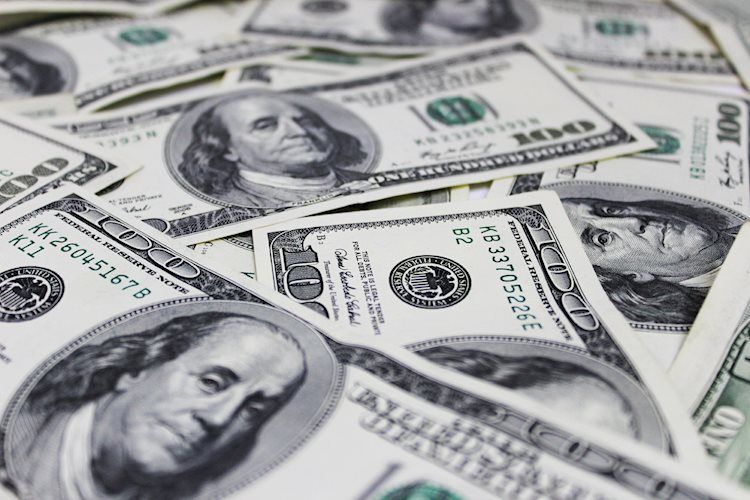The US Dollar has experienced a recovery thanks to the actions of President Trump and the Japanese Ministry of Finance on Friday. The US Dollar index has returned to Wednesday’s levels around 106.00 as traders continue to navigate market movements and events. The focus is now on the Fed’s preferred inflation gauge, the Personal Consumption Expenditure (PCE) Index. Disinflation is expected to continue, with the possibility of a stronger Greenback if the numbers come in inline or higher.
The market movers for the day include the release of the PCE for May, with expectations for core monthly PCE to decrease to 0.1% and headline monthly PCE to drop to 0.0%. The Chicago Purchase Managers Index (PMI) is also set to be released, with the expectation for remaining contraction. The University of Michigan will release its final reading for June, with consumer sentiment expected to remain stable and inflation expectations at 3.1%. Equities are on the rise, with markets aiming for green closures in Asia and Europe, as well as in the US.
The CME Fedwatch Tool indicates a rate cut in September with odds at 57.9% for a 25-basis-point cut. The US 10-year benchmark rate is trading near the weekly high at 4.30%. However, the US Dollar Index faces challenges ahead due to potential intervention from the Japanese Ministry of Finance, which could lead to a significant move affecting the Greenback’s performance. The index faces resistance at the year-to-date high of 106.52 and could rally further to 107.35 with positive US inflation data or a hawkish Fed stance. On the downside, support levels are at 105.53, followed by a series of Simple Moving Averages (SMA) around 105.00.
The Core Personal Consumption Expenditures (PCE) Index, released monthly by the US Bureau of Economic Analysis, measures changes in prices of goods and services purchased by consumers in the US. The PCE Price Index is the Fed’s preferred inflation gauge, with the MoM figure comparing prices to the previous month. The core reading excludes food and energy components for a more accurate measurement of price pressures. A high reading is bullish for the US Dollar, while a low reading is bearish.Overall, the US Dollar faces a mix of challenges and opportunities ahead, with market movements and economic indicators playing a key role in determining its future performance. Traders will need to keep a close eye on the PCE data, market movers, and potential interventions to navigate the currency’s movements effectively.










